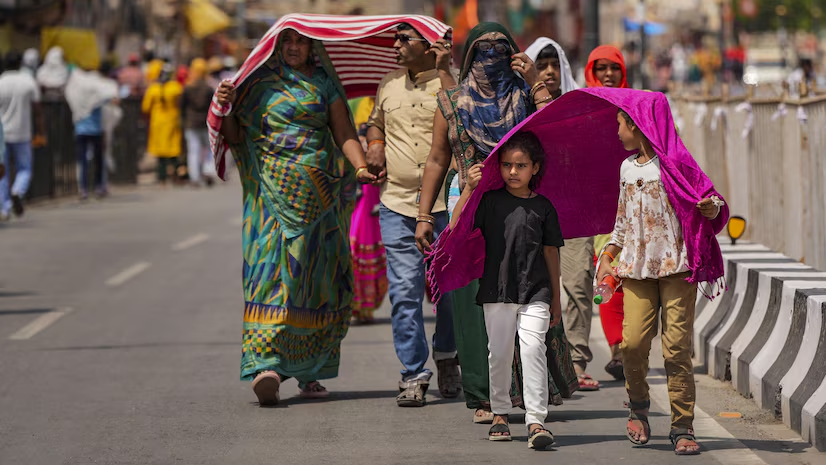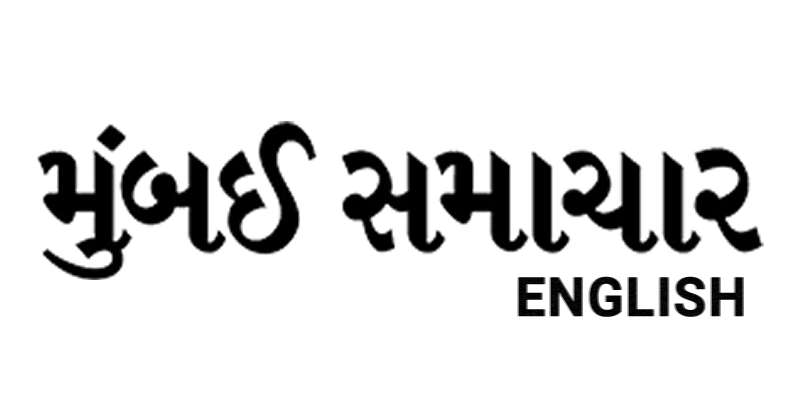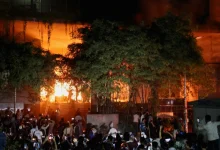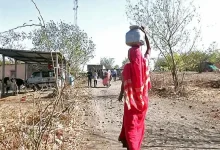
Gujarat continues to experience a punishing heatwave since the start of April, with several regions recording dangerously high temperatures. On April 8, Surendranagar registered the state’s peak at 44.8°C, followed by Rajkot at 44°C and Deesa at 43.1°C.
A total of nine cities reported temperatures soaring above 40°C, surpassing the average by 1 to 5 degrees. The searing heat turned fatal in Rajkot’s Upleta taluka, where 40-year-old farm worker Rambhai Shomjibhai Ganava, originally from Madhya Pradesh, died from a suspected heatstroke while working in a field around 3 PM. He was rushed to Rajkot Civil Hospital but was declared dead on arrival.
IMD Issues Orange Alert in Seven Districts
The India Meteorological Department (IMD) has issued an orange alert for seven districts, along with a yellow alert in two others. The department warns that relief from the heat is unlikely before April 10.
What Constitutes a Heatwave?
According to the IMD, a heatwave is declared when plains record temperatures above 40°C, accompanied by hot winds known as “loo.” Once temperatures hit 47°C, the situation becomes “dangerous.” Heatstroke occurs when the body’s internal temperature rises above 37°C due to excessive sun exposure and dehydration. Common symptoms include dizziness, fainting, confusion, and an accelerated heartbeat.
Home Remedies for Heatstroke
- Move the affected individual to a shaded or cool area
- Apply cold compresses or ice packs
- Rehydrate with fluids like buttermilk, lemonade, or ORS
Preventive Measures
- Avoid outdoor activity between 12 PM and 3 PM
- Stay hydrated throughout the day
- Wear loose-fitting, light cotton clothes
- Limit alcohol and caffeine intake
- Eat light, water-rich meals
Doctors emphasize the importance of not stepping out on an empty stomach and recommend natural remedies like coconut water and lemon-salt water to help the body cope with the heat.




